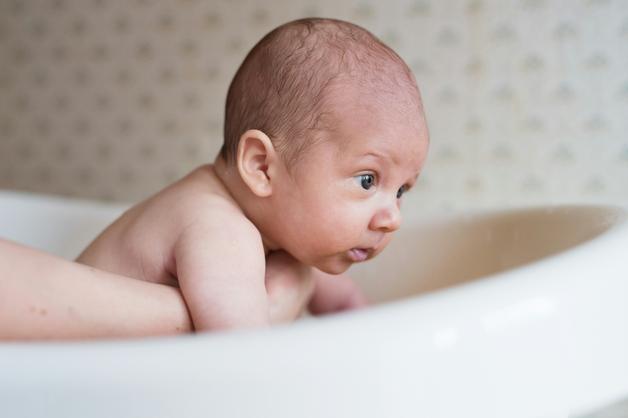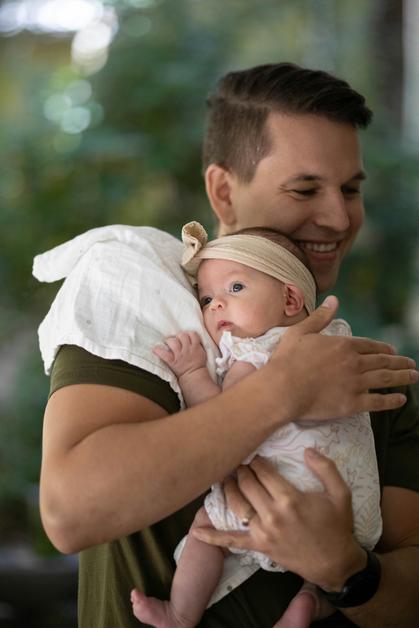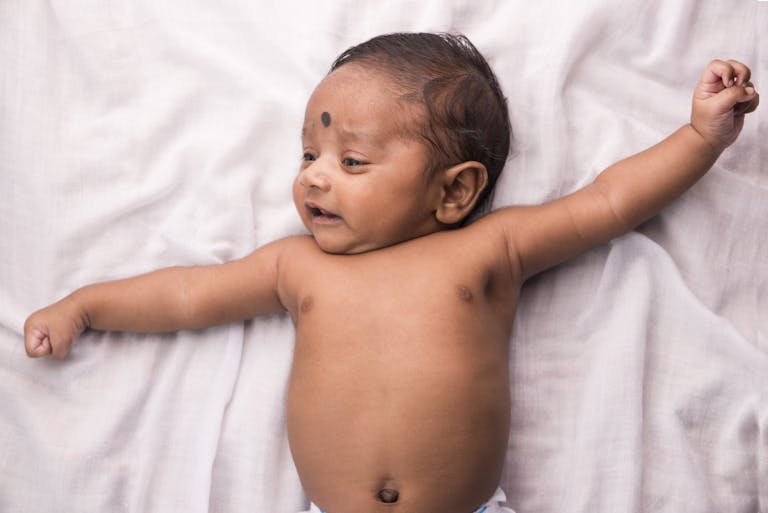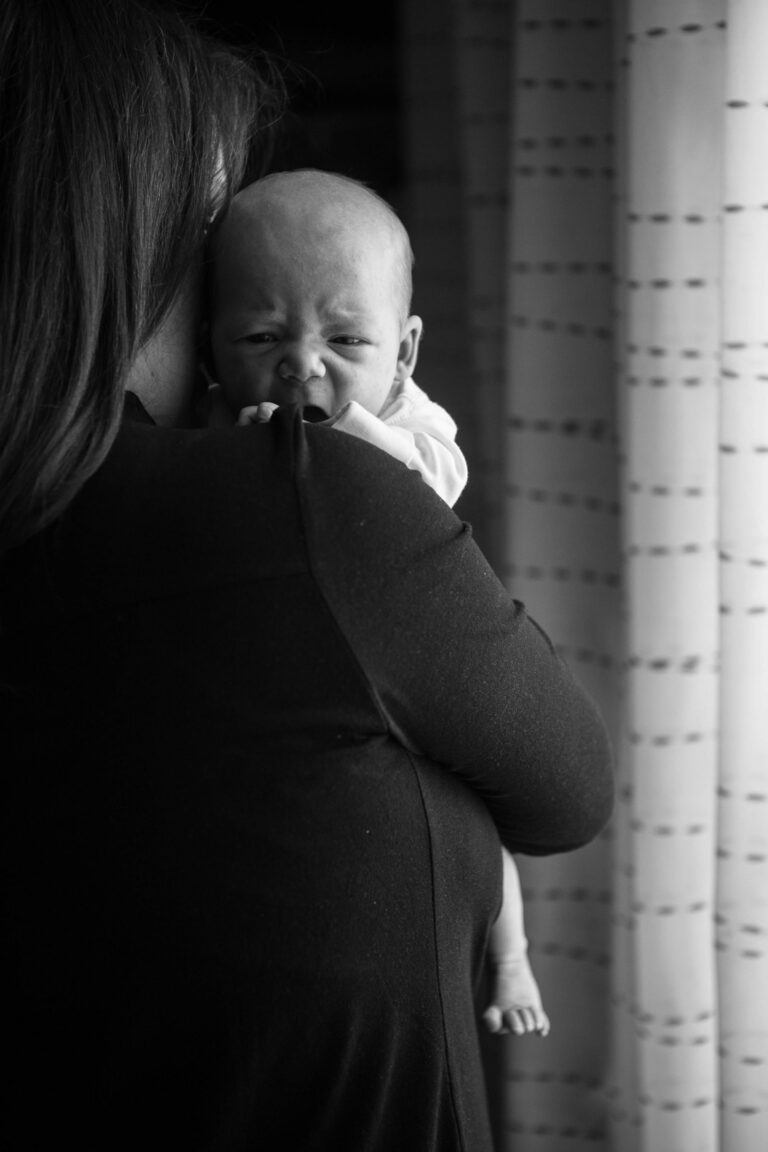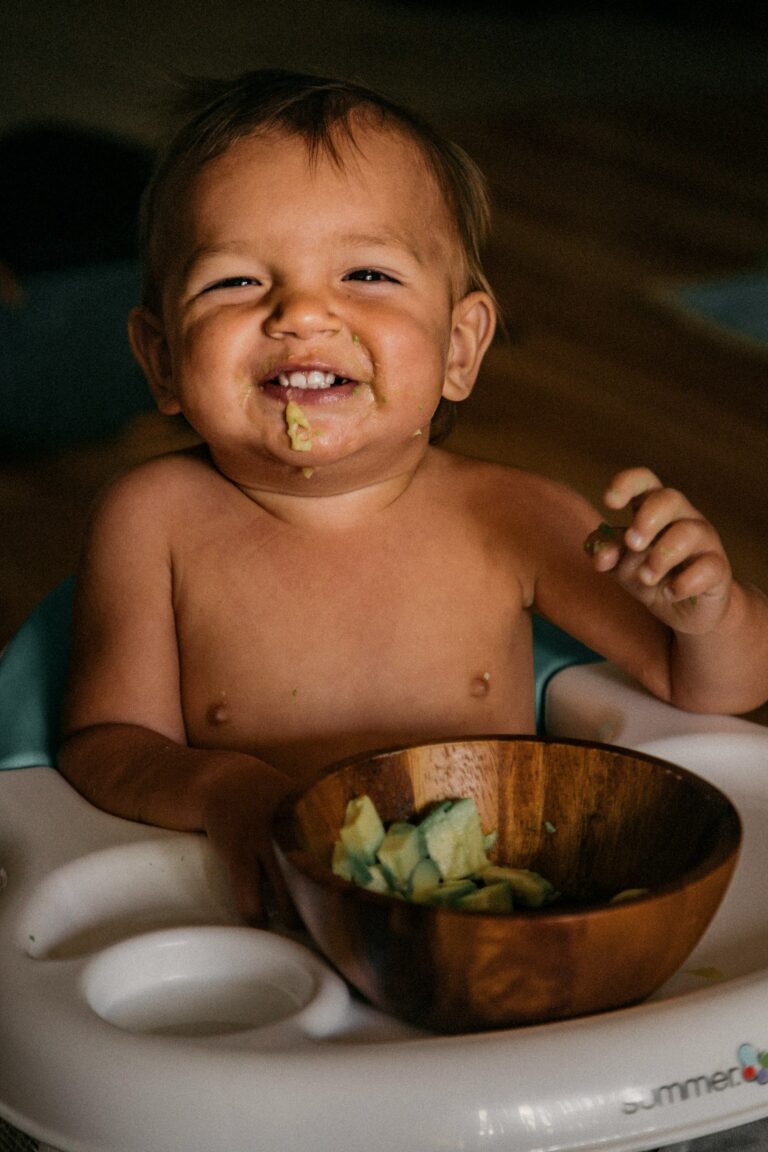Worried by the sight of watery diapers, sudden changes in your baby’s usual routine, and those unmistakably loose stools? Baby diarrhea often sneaks up without warning—a single day might pass with hardly a thought, then suddenly, frequent watery motions, irritability, and concerns about dehydration become your new reality. Parents might find themselves questioning every new food, analyzing stool colours, or searching for that elusive sign: is it normal? Or is medical help urgently needed? From decoding stool patterns to rehydration, feeding quandaries, and the potential for underlying conditions, baby diarrhea brings a cascade of questions demanding swift and composed answers. Reassurance? Absolutely. But more than that—a scientific explanation, practical home care strategies, and tips on when to act promptly. Be it transient or persistent, infectious or dietary in origin, identification and management are vital. Let’s unravel each facet, blending medical know-how with actionable steps, to safeguard your child’s digestive wellbeing and your peace of mind.
What is baby diarrhea and how is it different from adult diarrhea?
Compared to grown-ups, the world of baby diarrhea looks astonishingly complex. Infants’ digestive systems are in perpetual flux, responding to feeding—breast or bottle—developmental changes, and endless environmental exposures. A breastfed baby’s regular stool may already be runny, yellow, and seedy; formula-fed babies might produce thicker, peanut butter-like stools. But, when bowel frequency rises suddenly—think three or more watery stools in one day—attention is warranted. It’s this shift from normal baseline, not just the fluidity, that signals baby diarrhea. Still, newborns might go from frequent small stools to a sudden explosive pattern just after a feed, leaving parents bewildered. It’s the suddenness, the marked looseness, or the presence of unusual elements—mucus, blood streaks, foul odour—that draw the line.
Recognizing normal versus abnormal stools and early warning signs
One of the most perplexing issues for caregivers: what on earth is a normal stool for an infant? For breastfed babies, yellow and frothy stools are par for the course, but if you start seeing watery grayish stools, visible blood, or chronic mucous, these aren’t mere quirks. Persistent changes—maybe even vomiting or fever—deserve further attention. Another clue: the frequency. A baby suddenly producing diapers filled with liquid every few hours, or more, sets off the internal alarm bells. Red or chalk-white stools, on the other hand, are outright abnormal. Watch as well for increasingly pungent smells—sometimes infections unleash a particular odour, unlike anything encountered before.
When is baby diarrhea urgent? Recognizing emergencies
Every baby will experience the occasional loose motion, but there are unmistakable signs when caution changes to urgency:
- Absence of urination for over 8 hours—a red flag for dehydration
- Noticeably sunken eyes or a depressed soft spot (fontanelle) atop the head
- Parched, sticky mouth and tongue
- Sudden extreme sleepiness, difficulty to rouse the baby, or limpness
- Diaper evidence: blood or abundant mucus mixed with stool
- High fever, especially if your child is below three months
- Diarrhea that refuses to relent beyond 48 hours, or associated with vomiting
If any of these manifest, swift medical evaluation is not just encouraged—it is essential.
Causes of baby diarrhea
Infection-driven origins: viruses, bacteria, and parasites
Baby diarrhea, in its most typical form, springs from a gastrointestinal infection. Viruses—rotavirus being the poster child—are notorious for their efficiency, sweeping through nurseries, crèches, and households with unsettling speed. Rotavirus, norovirus, and adenoviruses can strike suddenly, leaving babies drained and parents juggling hydration regimens. Less frequently, bacteria such as E. coli, Salmonella, Shigella, or even Campylobacter enter via contaminated hands, bottles, food, or water. These forms may invoke blood-flecked stools, higher fevers, or more pronounced lethargy. Parasites like Giardia occasionally appear, especially where water sanitation is poor or in group care settings, manifesting as stubborn, foul-smelling diarrhea.
And how do these invaders find their way in? Babies explore the world mouth-first. Toys, fingers, feeding utensils—any item handled without proper cleaning—can serve as a vehicle. This is why hygiene becomes a non-negotiable defence.
Dietary changes, intolerances, and allergies
Ever watched a baby react to his or her first taste of solid food? The digestive tract, delicate as it is, undergoes a trial by fire. Sometimes, introducing new foods too swiftly leads to transient diarrhea—especially when high-sugar fruit juices or acidic produce are involved. After stomach upsets, temporary lactose intolerance often emerges, as the enzyme lactase (which digests milk sugar) temporarily falters. What about allergies? Cow’s milk protein allergy remains an underappreciated cause, especially when stools take on a bloody streak or mucus. Soy and, more rarely, gluten, can also be at fault. The solution: introduce new foods gradually, monitor for any reactions, and don’t rush.
Teething and other less obvious triggers
Teething occupies a controversial spot on this list. While the arrival of teeth is commonly blamed, there exists no solid medical proof directly tying teething to real, infectious diarrhea. However, increased drooling and gum sensitivity may alter digestion slightly. Antibiotic courses—occasionally prescribed for other ailments—sometimes upset the fragile balance of gut bacteria, resulting in diarrhea. And don’t forget environmental triggers: abrupt climate changes, travel, or stress can subtly tip the digestive system off balance.
Underlying and chronic issues
A baby whose diarrhea persists longer than two weeks? Think beyond common infections. Celiac disease, cystic fibrosis, or rarer intestinal conditions—although infrequent—must be weighed when symptoms refuse to fade.
Vigilance is needed for triggers hiding in plain sight: improperly cleaned bottles, abrupt formula changes, or shared toys in daycare.
Recognizing baby diarrhea symptoms and possible complications
Patterns: frequency, smell, colour, texture
How to define baby diarrhea? The trifecta: higher frequency, increased looseness, and watery consistency. Watch for stools shifting towards green, yellow, or darker-than-usual tones; and recall—red or white is never good news. Sometimes, an overwhelming or putrid smell points directly to infection.
Associated signs: fever, vomiting, poor feeding, irritability
Beyond the obvious, look for fever, vomiting bursts, fussiness, or sudden disinterest in feeding. Sluggishness or general malaise may creep in. Persistent vomiting, in particular, requires proactive attention.
Dehydration: the main complication to prevent
Here’s a parent’s greatest challenge during baby diarrhea: preventing dehydration. Dry lips, crying without tears, marked decrease in urine output (typically less than six wet nappies in twenty-four hours for infants below four months), sunken eyes—these are direct signals to act. When energy levels plummet, lethargy takes over, or feeding ceases, waiting is not an option.
When to reach for professional help
Blood or mucus-filled diapers, ongoing vomiting, high or sustained fever, and notable sleepiness all point to a need for quick medical guidance. Baby diarrhea persisting beyond two days, or combined with these symptoms, deserves professional oversight.
Diagnosing and managing baby diarrhea
What to expect from the paediatrician
Questions abound: feeding methods, onset of symptoms, frequency and look of stools, potential exposure—your pediatrician will piece together a detailed history. Recent travels, group interactions, or use of antibiotics—all are vital clues.
Relevant tests
- Stool tests: Useful to detect bacteria (Salmonella, Shigella), parasites (Giardia), blood, or inflammation markers.
- Blood tests: Sometimes required for persistent fevers, suspected dehydration, or specific allergy workup.
- Long-duration diarrhea: If symptoms linger for weeks, investigation broadens—possible allergies, immune disorders, or chronic digestion problems might be sought.
Acute versus chronic diarrhea: knowing the difference
Acute baby diarrhea commonly resolves in under two weeks; infections dominate this group. Persisting longer? The search expands: allergies, absorption issues, even rare diseases join the differential.
Home care and supportive strategies for baby diarrhea
Hydration and feeding: what helps, what doesn’t
Absolute priority: maintain hydration. Babies lose water much faster than adults do, so oral rehydration solution (ORS) becomes indispensable. These special fluids—available at pharmacy counters—replete lost salts and fluids efficiently. Breastfeeding or formula feeding must continue; both are not only safe, they are beneficial, delivering vital nutrients and immunity support.
Introducing solids? Opt for bland, binding foods—bananas, rice cereal, crackers, toast, or soft pasta can sometimes help. Steer clear of high-sugar juices, fried fare, roughage-heavy or dairy-rich foods in infants below one year.
Diaper care and rash prevention
Each diaper change becomes an opportunity for protection. Cleanse with water and a soft cloth, allow air drying where possible, and apply a barrier cream such as zinc oxide or petroleum jelly to guard against diaper rash—a frequent and uncomfortable partner to baby diarrhea.
Should home remedies or probiotics be considered?
For older babies, probiotics offer potential; certain strains (Lactobacillus, in particular) may aid recovery. Sporadically, plain yogurt with live cultures is allowed, if solids have started, and only after green-lighting with your doctor. Resist the urge to try over-the-counter anti-diarrheal drugs—without a doctor’s prescription, these are unsafe in infants.
Medical treatment and expert support
When are antibiotics or hospital admission necessary?
Antibiotics only help for defined bacterial or parasitic infections—never for routine viral cases. Hospitalization? Think severe dehydration, howling vomiting, or vulnerable infants with concurrent illnesses.
Handling allergies, intolerances, or chronic conditions
Those with cow’s milk protein intolerance may need hypoallergenic formula. When bowel issues stem from underlying disorders, tailored care plans with the pediatrician ensure every nutrient is accounted for.
Prevention strategies for baby diarrhea
Hand hygiene and disinfection
Frequently overlooked but highly effective: thorough handwashing with soap and clean water. This, after every diaper change and before every feed, shrinks risk dramatically. Clean teething toys, feeding bottles, and high-touch items diligently.
Safe food and water
Clean, safe drinking water isn’t negotiable. Sterilize all bottles and feeding items, never reusing residue-laden utensils. Cook food thoroughly and avoid raw produce.
Gradual food introduction
Move slowly with new foods, introducing one at a time during complementary feeding. This helps spot food intolerances early and minimizes overwhelming the baby’s digestive system.
Vaccination
The rotavirus vaccine stands tall as a transformative defender against severe baby diarrhea. Updating routine immunizations keeps viral threats in check, quietly bolstering your child’s natural resilience.
Power of breastfeeding
Breast milk equips babies with antibodies and nutrients tailor-made for their needs, cementing the gut’s defences. Even during episodes of diarrhea, breastfeeding remains a reliable anchor.
Shielding from environmental triggers
Disinfect diaper areas, prevent sharing toys when illness is present, and practice judicious, cautious use of antibiotics. Limiting sweet juices, fried snacks, or unsafe foods in infancy sets a solid foundation.
Special notes: Age and feeding differences
Newborns, infants, and premature babies
The physiological reserves here are minimal—so dehydration, once started, accelerates swiftly. Continue usual feeding, maintain vigilant observation for warning signs, and seek advice at the first trouble spot.
Breastfed versus formula-fed infants
Breastfed babies are uniquely equipped, thanks to immunomodulating substances in breast milk, to weather mild digestive upsets. Their stools are, by default, looser and more frequent than formula-fed peers—though true baby diarrhea still makes its mark with sudden, dramatic shifts.
Babies with health concerns
Those with digestion issues or diagnosed allergies require a more nuanced approach. Formula changes, remedial foods, or home remedies should always be reviewed with a trusted healthcare provider.
Everyday reassurance and support for families
Comfort and soothing
Babies thrive on comfort—whether that means a gentle cuddle, rocking, or soft humming. Restore their routine as soon as you can; normalcy breeds security during a bout of diarrhea.
Documentation, activity, and ongoing vigilance
Charting stool frequency and quality, watching for hydration status, notes on mood—these help keep a pulse on health progress. Returning to daycare or group interaction is safest after forty-eight hours without baby diarrhea and with restored feeding and energy.
Preventing recurrence, building gut health
Sustain good hygiene, keep vaccinations current, and persist with breastfeeding where feasible. Introducing probiotic-rich foods (plain yogurt, later in infancy) may help, but only after discussion with your health consultant. Wash every feeding implement, toy, and surface with scrupulous consistency.
Key Takeaways
- Baby diarrhea demands keen observation due to the high risk of dehydration; early detection and correction often yield best results.
- Most cases are viral—rotavirus leads the roster, especially in unvaccinated children; yet, bacterial or parasitic causes must be considered in persistent or severe cases.
- Keep your baby hydrated, continue gentle nutrition, and avoid anti-diarrheal medications unless prescribed.
- Prevention revolves around soap and water, vaccination, safe foods, and cautious dietary progression.
- There is always support at hand—healthcare professionals and educational tools are available. For additional personalized tips, download the application Heloa for free health questionnaires and tailored guidance for your child.
Questions Parents Ask
Can teething cause diarrhea in babies?
You might have noticed a runny stool coinciding with those pesky emerging teeth. While it’s easy to link the two, most studies suggest that teething itself isn’t a direct cause of true baby diarrhea. Increased drooling or changes in feeding may mildly soften stools, but actual frequent watery motions often point towards infection or dietary shifts. If loose motions persist or are paired with fever, mucus, or lethargy, consulting your pediatrician is the wisest move.
What foods can help firm up my baby’s stool during diarrhea?
Once your baby is already eating solids, simple options can work wonders: bananas, plain rice, applesauce and toast (the famous BRAT diet) often gently support firmer stools. Cooked carrots or potatoes are usually well-tolerated. Continue offering milk feeds (breast or formula) for hydration. Avoid sweetened juices, heavy or greasy foods, and avoid introducing too many new foods at once. Remember—each child responds differently. If refusal occurs, no need for worry. Try again slowly whenever appetite revives.
Is it safe to give probiotics to babies with diarrhea?
Probiotics can help restore healthy gut flora, and certain well-studied strains may reduce the duration of baby diarrhea in babies who can already tolerate solids. However, not every probiotic is appropriate for every age or situation. Before starting probiotics, whether as supplement powders, capsules, or live-culture yogurt, consult your healthcare advisor. They will help select the safest and most suitable options for your child, respecting your family’s preferences and needs.
Further reading :

